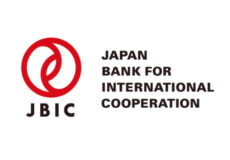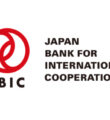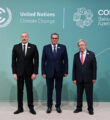Green Hydrogen, Future Positioning for Morocco and Chile (Experts)
Santiago – Moroccan and Chilean experts, on Tuesday, showcased the advantages of the “green hydrogen” technology as an antidote to global warming, highlighting the potential of Morocco and Chile to position themselves as as leaders in this field.
During an online seminar organized by the Moroccan Embassy in Chile, in coordination with the Mohammed VI Cultural Center for the Dialogue of Civilizations in Chile, the participants highlighted the assets of the two countries to develop the promising sector of green hydrogen and the roadmaps developed by Morocco and Chile to accelerate the appropriation of this future technology.
Javiera Aldunate, from the Chilean Ministry of Energy, underscored Chile’s “enormous potential” in terms of renewable energy production, stressing that her country is able to produce “60 times more renewable energy” than what it currently produces (solar, wind, hydroelectric, etc.).
She said that “the cost of green hydrogen in Chile is the cheapest in the world,” which encourages Chile’s ambition to become a leader in Latin America in terms of investment in this technology.
With its 18 green hydrogen projects for a total investment of 12 million dollars, Chile plans to export this energy by 2030.
The director of renewable energy and energy efficiency at the Moroccan ministry of energy, mining and environment, Mohamed Ouhmed, underlined the commitments made by Morocco to mitigate climate change, noting the upward revision of targets for reducing greenhouse gas emissions and decarbonising the industry.
Ouhmed indicated that around a hundred projects are either operational or under way in the solar, wind or hydraulic sectors and which have given “very satisfactory” results, with a contribution of 1/5 of electricity production from renewable sources.
Regarding green hydrogen, Ouhmed said that Morocco is qualified to “become a key player in the development of this technology” thanks to its important assets, both in terms of its infrastructure and its industrial fabric, in addition to its optimal geographical location and electrical interconnections.













